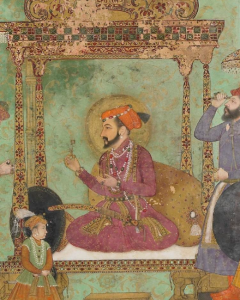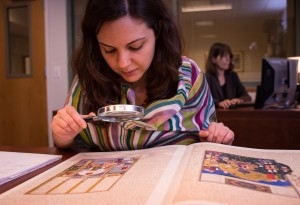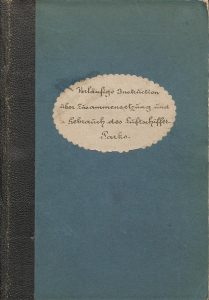This is the second post in a two-part series. Catch up on the first part here. Allegra Tennis interned with the Field Book Project and Metadata Services over the summer to investigate Smithsonian research related to countries with populations of under a million.
I came to the field of librarianship from a scientific background. The processes, details, and discoveries to be made have always held a magical quality for me. As I grew up and talked with others, I began to notice that not everyone views science in this way. Many people seem to be interested in science, whether in the idea of it, the usefulness of it, or they raw beauty of it. Yet too often people are intimidated by science, either by the research or by the researchers themselves.


 The Neville-Pribram Mid-Career Educators Awards allow mid-career educators to be in residence and utilize the Smithsonian Libraries distinctive collections, focusing on science, history, culture and arts. The awards are open to middle & high school teachers, college teachers, and museum educators working on curriculum development or publications in print or electronic form. The Library offers excellent resources for developing curricula relating to Common Core, Core Arts Standards, and Advanced Placement curricula.
The Neville-Pribram Mid-Career Educators Awards allow mid-career educators to be in residence and utilize the Smithsonian Libraries distinctive collections, focusing on science, history, culture and arts. The awards are open to middle & high school teachers, college teachers, and museum educators working on curriculum development or publications in print or electronic form. The Library offers excellent resources for developing curricula relating to Common Core, Core Arts Standards, and Advanced Placement curricula.
